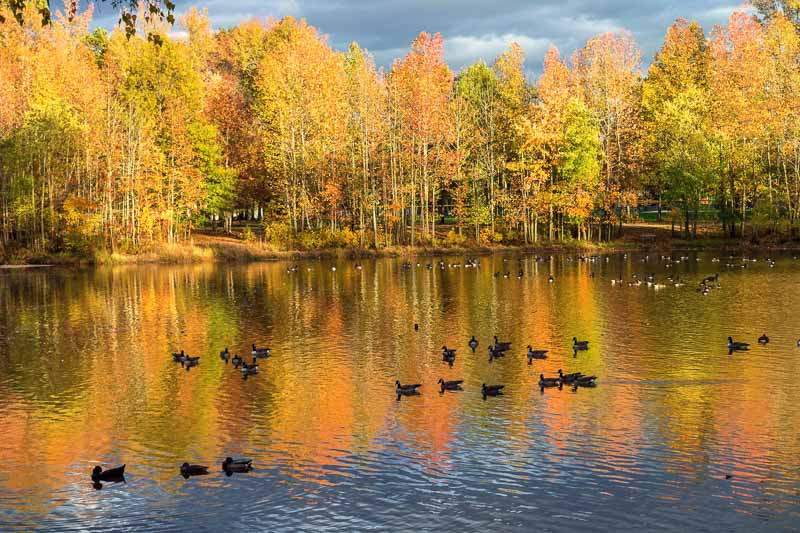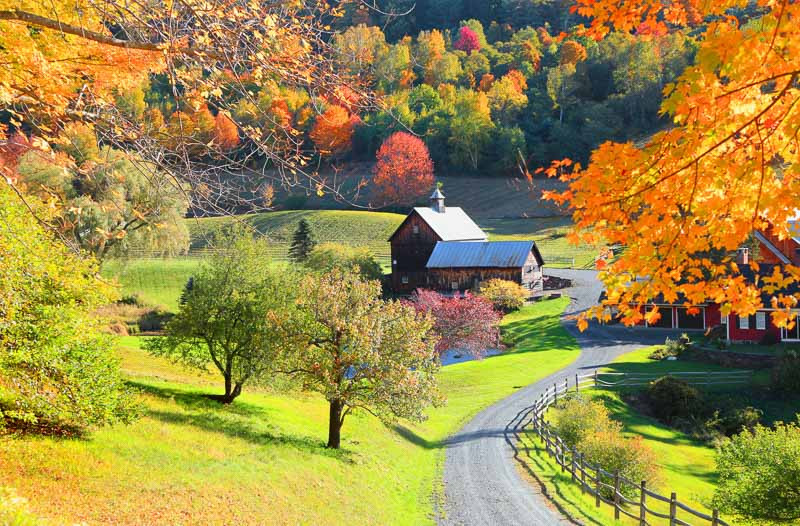Northeast Native Plants
Creating a garden using Northeast native plants is a rewarding endeavor. These plants are adapted to the local climate, require less maintenance, and support local ecosystems. Here are some expert tips for the successful cultivation of Northeast native plants.
- Start by understanding your site conditions – sunlight exposure, soil type, and moisture levels. This will guide you in selecting suitable native plants. For sunny sites, try the vibrant New England Aster (Symphyotrichum novae-angliae) or the beautiful Butterfly Weed (Asclepias tuberosa). For shade, the delicate White Wood Aster (Eurybia divaricata) or the charming Foamflower (Tiarella cordifolia) are ideal.
- For trees, consider the Eastern Redbud (Cercis canadensis) with its stunning spring flowers or the American Beech (Fagus grandifolia), which offers year-round interest. Include shrubs like the versatile Serviceberry (Amelanchier spp.) or the pollinator-friendly Buttonbush (Cephalanthus occidentalis).
- Add a splash of color with perennials such as the Bee Balm (Monarda didyma), which attracts pollinators, or the unique Turk’s Cap Lily (Lilium superbum). Ground cover options include the hardy Wild Ginger (Asarum canadense) and the evergreen Bearberry (Arctostaphylos uva-ursi).
- To ensure success, use organic gardening practices. Avoid synthetic fertilizers and pesticides, conserve water, and mulch properly to retain soil moisture and deter weeds.
- Patience is also key when gardening with native plants. It can take time for these plants to become established, but the wait is worth it as you watch your garden flourish while supporting local biodiversity.












